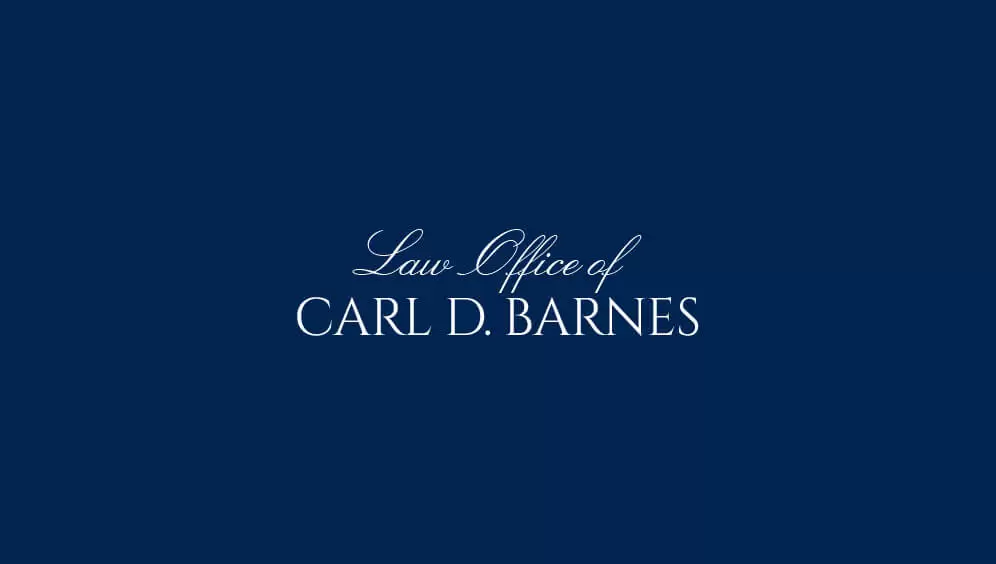Free Consultations
What contributes to the lethality of drowsy driving?

Many drivers admit to driving drowsy before. There are no laws that specifically target the act of drowsy driving. So is it surprising that this act of reckless driving continues taking lives every year?
In fact, the lethality of drowsy driving seems to grow annually. Every year, more people fall victim to this act. But what makes it so deadly in the first place?
Unconsciousness leads to fatalities
The Sleep Foundation states that drowsy driving is one of the deadliest dangerous driving behaviors. Many factors contribute to that lethality. First, there is the possibility of falling asleep at the wheel. Even if you do not fall asleep entirely, you may experience microsleep. These bursts of unconsciousness happen over the course of 2 to 3 seconds. But if you are on the freeway, you can travel the distance of a football field in that time.
Falling asleep makes it completely impossible to react to dangers around you. This can result in head-on collisions when cars cross over the median barrier. But even if you do not fall asleep at all, drowsiness can impact you like intoxication does. For example, you may feel confused and bleary. Your vision suffers. Your reflexes slow. You cannot problem solve easily, nor can you react to immediate threats.
The acceptance of drowsy driving
On top of that, drowsiness has an acceptance in the general public that intoxicated driving does not. Many people view drowsiness as an inevitability of working life as an adult. Even teens who drive to high school do not get enough sleep. Since people drive to work or school drowsy without getting into crashes, it sets up the false notion that drowsy driving is safe. In reality, that could not be farther from the truth.

70 S. Lake Avenue, Suite 695
Pasadena, CA 91101
Pasadena Law Office Map

